Gennady Gorelik, Antonina W. Bouis019515620X, 9780195156201, 9781423720249
How did Andrei Sakharov, a theoretical physicist and the acknowledged father of the Soviet hydrogen bomb, become a human rights activist and the first Russian to win the Nobel Peace Prize? In his later years, Sakharov noted in his diary that he was “simply a man with an unusual fate.” To understand this deceptively straightforward statement by an extraordinary man, The World of Andrei Sakharov, the first authoritative study of Andrei Sakharov as a scientist as well as a public figure, relies on previously inaccessible documents, recently declassified archives, and personal accounts by Sakharov’s friends and colleagues to examine the real context of Sakharov’s life. In the course of doing so, Gennady Gorelik answers a fascinating question, whether the Soviet hydrogen bomb was really fathered by Sakharov, or whether it was based on stolen American secrets. Gorelik concludes that while espionage did initiate the Soviet effort, the Russian hydrogen bomb was invented independently. Gorelik also elucidates the reasons that brought about the seemingly sudden transformation of the top-secret physicist into a public figure in 1968, when Sakharov’s famous essay “Progress, Peaceful Coexistence, and Intellectual Freedom” was distributed in samizdat in the USSR and smuggled out to the West. Recently declassified documents show that Sakharov’s metamorphosis was caused by professional concerns, particularly regarding the development of an anti-ballistic missile defense. An insider’s view of how the upper echelons of the Soviet regime functioned had led Sakharov to the conclusion that the goals of peace, progress, and human rights were inextricably linked. His free thinking and free feeling were manifested in his hope that scientific thought and religious perception would find a profound synthesis in the future. |
Table of contents :
Contents……Page 12
Introduction: How I Came to Write This Book……Page 14
Prologue: Pyotr Lebedev: The Pressure of Light and the Pressure of Circumstances……Page 22
PART I: From Tsarist Russia to the Tsardom of Soviet Physics……Page 36
1 The Emergence of Soviet Physics and the Birth of FIAN……Page 38
2 Leonid Mandelshtam: The Teacher and His School……Page 56
3 The Year 1937……Page 73
PART II: Intra-atomic, Nuclear, and Thermonuclear……Page 90
4 The Moral Underpinnings of the Soviet Atomic Project……Page 92
5 Andrei Sakharov, Tamm’s Graduate Student……Page 104
6 Sergei Vavilov: The President of the Academy of Sciences……Page 115
7 Nuclear Physics under Beria’s Command……Page 123
8 Russian Physics at the Height of Cosmopolitanism……Page 132
9 The Hydrogen Bomb at FIAN……Page 146
PART III: In the Nuclear Archipelago……Page 198
10 The Installation……Page 200
11 The “Heroic” Work at the Installation……Page 216
12 Theoretical Physicists in Soviet Practice……Page 240
13 The Physics of Social Responsibility……Page 259
14 From Military Physics to Peaceful Cosmology……Page 284
15 World Peace and World Science……Page 311
16 Reflections on Intellectual Freedom in 1968……Page 326
PART IV: A Humanitarian Physicist……Page 342
17 Sakharov and Solzhenitsyn: The Physics and Geometry of Russian History……Page 344
18 On the Other Side……Page 363
19 Andrei and Lusya……Page 375
20 Freedom and Responsibility……Page 385
Chronology……Page 412
Notes……Page 420
Suggestions for Further Reading……Page 448
B……Page 450
F……Page 451
I……Page 452
L……Page 453
P……Page 454
S……Page 455
V……Page 456
Z……Page 457
Photo gallery……Page 166 |
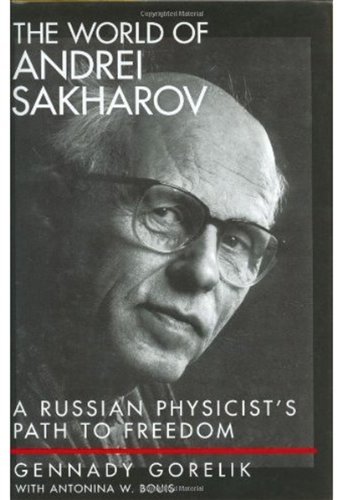
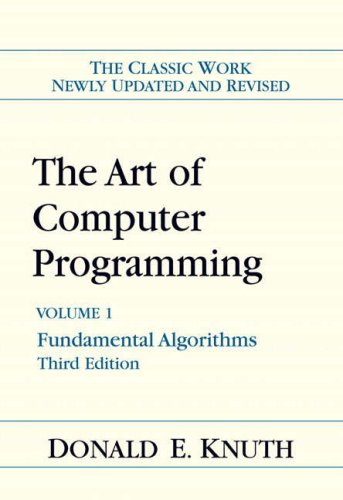
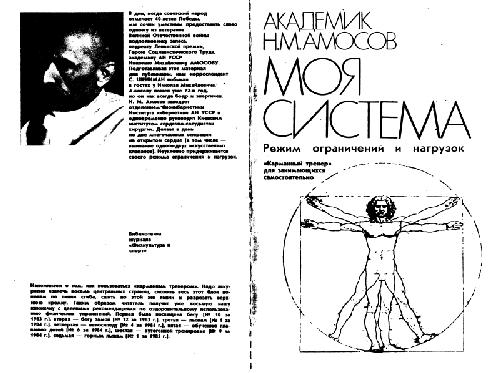
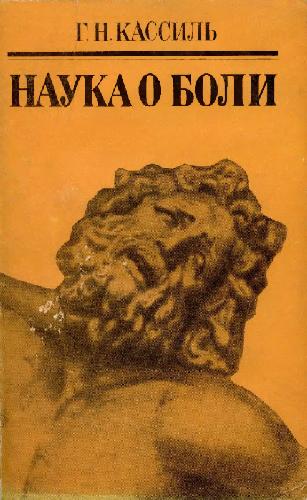
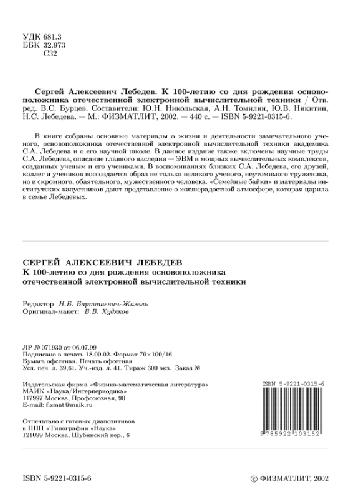
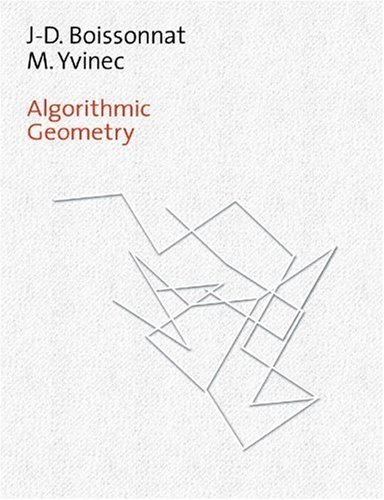
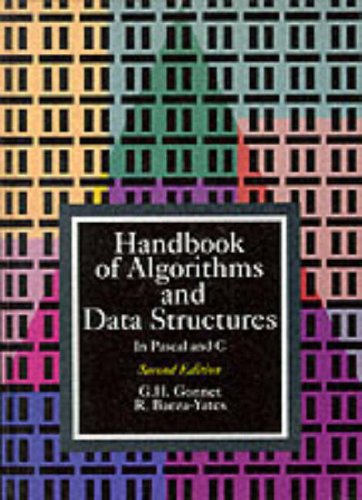
Reviews
There are no reviews yet.